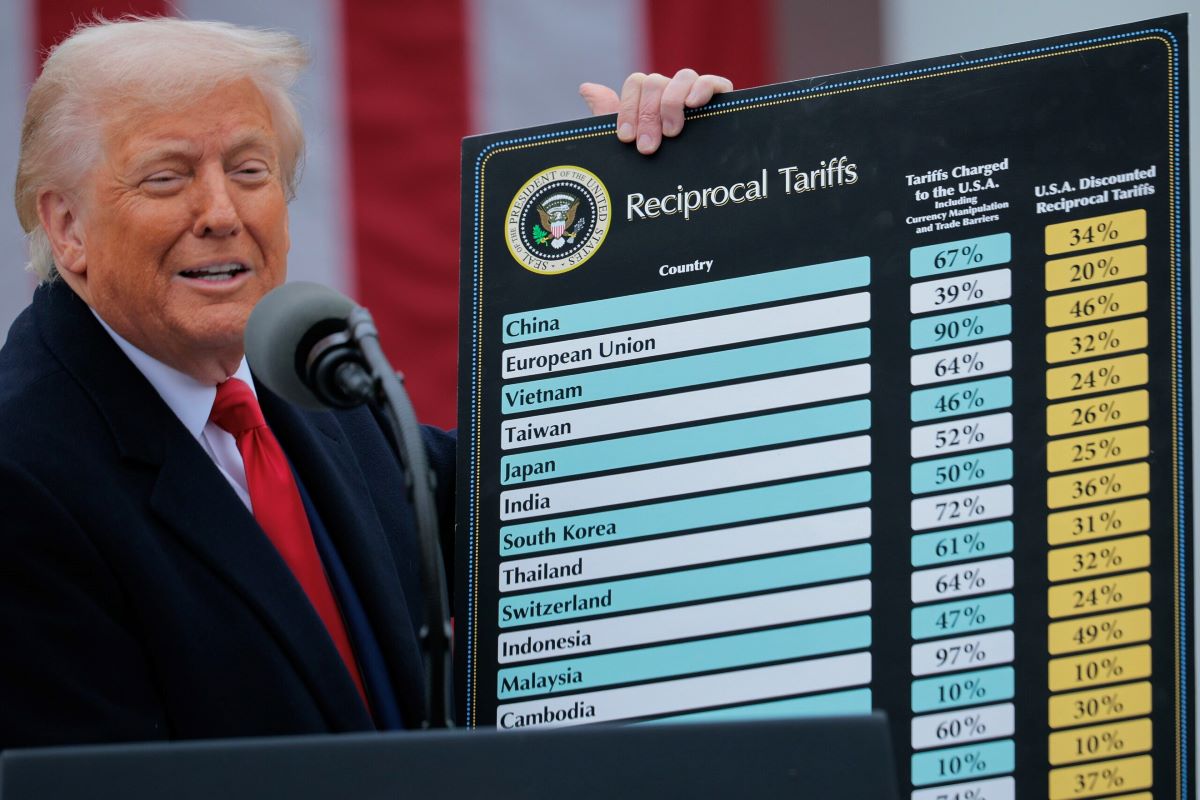You’re About to Pay Thousands More for a New Car—No Matter What You Buy
March 28, 2025 — Buying a new car this spring? You might want to fast-track that purchase. With U.S. trade policy again on a collision course with automakers, new vehicle prices are poised to climb sharply—by $3,000 on average, and in some cases, by as much as $12,000, according to new analysis from CFRA Research and Anderson Economic Group.
Ask Aime: What will be the impact on the average car buyer?
The trigger? A potential reactivation of 25% tariffs on automotive imports from Canada and Mexico, now delayed but possibly taking effect as early as April 2. The policy, spearheaded by the Trump administration, stems from long-standing concerns over America’s auto trade imbalance.
Ask Aime: How will car prices change if Canada and Mexico auto tariffs reactivate?
“The U.S. imports more than three times the value of automobiles it exports,” wrote Garrett Nelson, CFRA’s Vice President and Senior Equity Analyst, in a thematic research note. In 2023 alone, the U.S. imported $208 billion in vehicles while exporting just $65.3 billion—making Mexico and Canada the top and third-largest sources, respectively.
What This Means for Buyers
CFRA estimates the average vehicle price could increase by $3,000 if the tariffs take hold. But for full-sized trucks and vehicles heavily dependent on cross-border supply chains, price hikes could exceed $10,000, Nelson notes.
AEG projects similarly steep impacts:
- $4,000 to $10,000 increases on most North American-assembled models from automakers like ford and GM
- Up to $12,200 more for fully electric vehicles, which rely on imported batteries and electronics
- Even without tariffs on Canada and Mexico, $2,000+ increases are expected due to supply chain costs
- $250 to $2,500 added to nearly all models from proposed steel and aluminum tariffs
“One of the most immediate impacts of the tariffs is that retailers will pull back on incentives, effectively increasing prices.” — Garrett Nelson, CFRA Research
Why Now And What’s Next
The Trump administration briefly enacted the 25% tariffs on March 4 but quickly issued a one-month reprieve for automakers meeting the U.S.-Mexico-Canada Agreement (USMCA) rules of origin. That window closes in early April, and the industry is bracing for impact.

While the administration may be using tariffs as a political bargaining tool—tying them to issues like immigration or trade reform—Nelson warns that if they become permanent, the effects would be far more significant: “If the tariffs are part of a larger shift in U.S. economic policy… then the impacts will be more material.”
If there’s a silver lining for consumers, it’s that dealer inventories are currently high—89 days’ supply as of February, well above the historic average. But this abundance won’t mean bargains.
Incentives already dipped from 8.0% of the average transaction price in November 2024 to 7.1% in February 2025. And with average new vehicle prices still hovering at $48,039, just shy of their 2022 peak, CFRA expects they could eclipse $50,000 soon if tariffs hit.
Winners, Losers, and Long-Term Shifts
Among automakers, CFRA views gm as the most exposed, followed by Stellantis and Ford. Tesla, with its domestic production model, is seen as least affected.
Parts supplier Magna International, based in Canada and with extensive cross-border operations, is flagged as particularly vulnerable.
Meanwhile, companies like Hyundai are already responding. The South Korean automaker recently announced a $21 billion U.S. investment, including a new steel plant in Louisiana. “The best way for Hyundai to navigate tariffs is to increase localization,” said the company’s CEO.
Nelson sees a broader shift coming. “The longer tariff uncertainty lingers, the more likely it is that companies will throw their hands up… and choose to produce more automobiles in the U.S.”
For consumers, the message is even more urgent: expect fewer discounts, higher prices, and a narrowing window to buy before the sticker shock hits full force.




